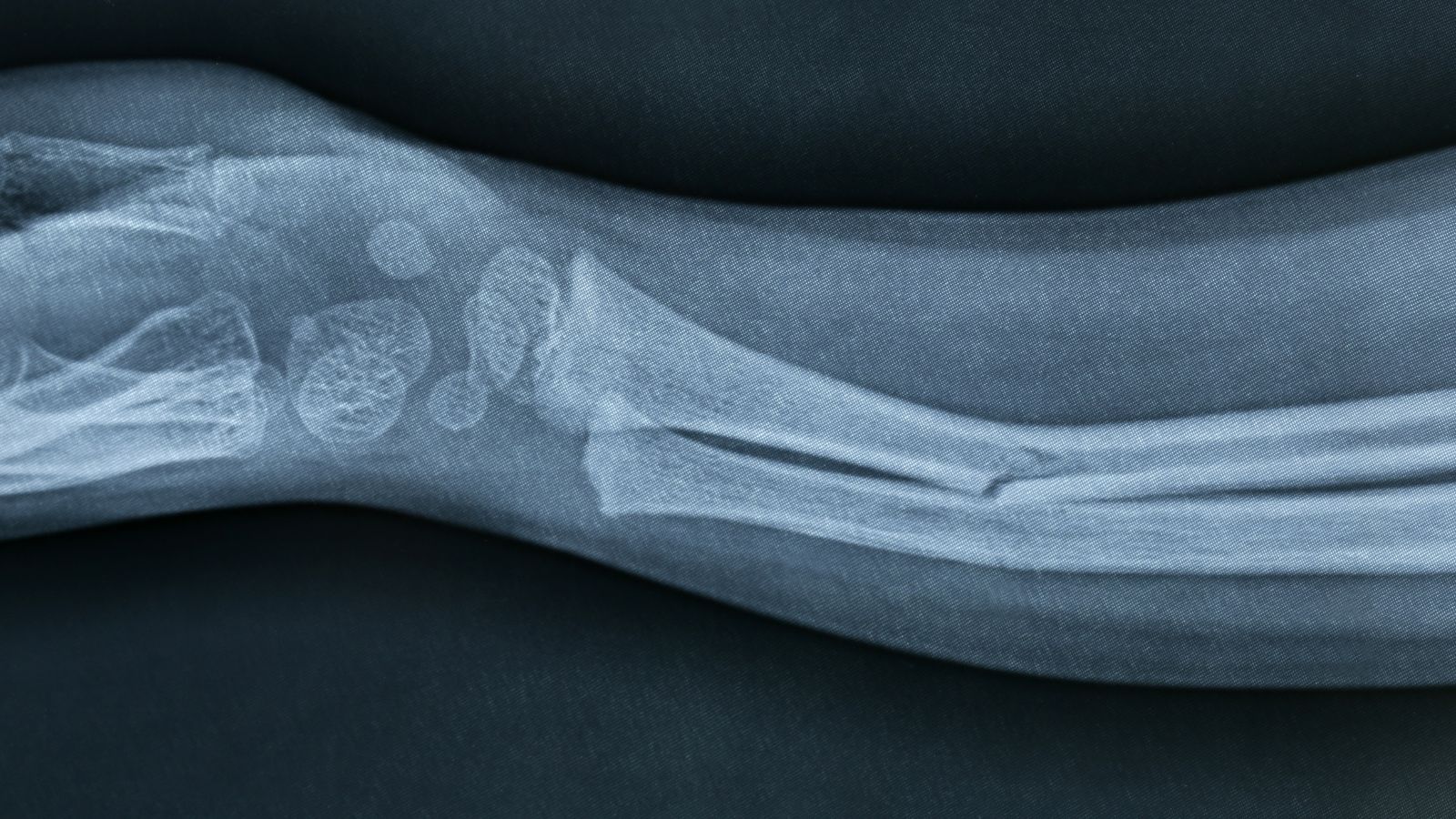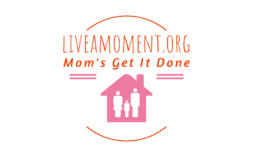At first, a broken bone may seem like a simple injury from a car accident. With a cast, rest, and physical therapy, most people expect to heal fully. However, many accident victims face complications. Fractures can lead to ongoing problems like chronic pain, limited movement, or permanent disability that can change a person’s life.
Survivors often do not expect this harsh reality. A fracture can turn into a lifelong issue, affecting careers, family life, and independence. Understanding the medical, emotional, and legal aspects of these injuries can help victims navigate their challenges and explore ways to recover.
When Healing Doesn’t Go as Planned
Bones have an incredible ability to heal, but sometimes the process goes wrong. A fracture may knit together improperly (malunion) or fail to heal altogether (nonunion). Both scenarios leave the injured limb weaker, misshapen, or unstable. Instead of regaining strength, victims may find themselves facing lasting weakness or pain.
Surgical intervention with plates, rods, or screws can improve healing but may not restore full function. In some cases, the hardware itself causes complications, limiting mobility or creating new sources of discomfort. What should have been temporary suddenly becomes permanent.
The Ripple Effect of Complications
Recovery after a serious injury is rarely straightforward. Complications that arise during the healing process can turn temporary setbacks into lasting disabilities, reshaping a victim’s quality of life.
- Post-surgical complications – Infections, blood clots, or nerve damage can slow healing and sometimes cause permanent harm.
- Underlying health conditions – Pre-existing issues like diabetes often make recovery slower, more complex, and less complete.
- Muscle and ligament weakening – Prolonged immobility during recovery may lead to stiffness, instability, and reduced range of motion.
- Lasting functional limitations – Even when bones mend, victims may struggle with everyday tasks such as climbing stairs, lifting groceries, or maintaining balance.
Hidden Damage: Nerves and Soft Tissues

Broken bones often damage more than just the bone. Nerves near the fracture site may be pinched, stretched, or severed, leading to chronic pain, numbness, or loss of movement. Damaged blood vessels can reduce circulation, causing long-term complications such as swelling or weakness.
Soft tissue injuries surrounding the fracture can limit flexibility and strength. Even if the bone itself eventually mends, victims may be left with lasting impairments. For example, someone with a broken leg may find they walk with a limp indefinitely, while a hand fracture can permanently reduce grip strength.
Arthritis That Develops Years Later
Another cruel outcome of severe fractures is post-traumatic arthritis. When a bone breaks near a joint, the cartilage can wear down prematurely, triggering stiffness and inflammation. While the initial break may heal, the victim is left with a degenerative condition that worsens with age.
Post-traumatic arthritis often requires ongoing management with medication, therapy, or even joint replacement surgery. For many victims, it is a daily reminder of an accident that forever changed their bodies. The fact that it develops months or years later also makes it harder to connect directly to the crash, complicating legal claims.
Emotional Toll of Permanent Disability
The consequences of a permanent disability extend far beyond physical challenges. Many survivors find the emotional weight just as overwhelming, as it reshapes daily routines, relationships, and overall quality of life.
- Frustration and anger – Struggling with tasks once performed effortlessly can lead to ongoing resentment and emotional distress.
- Depression and hopelessness – The loss of independence and lifestyle changes can trigger deep sadness and feelings of despair.
- Loss of identity and purpose – Being unable to pursue a career, hobbies, or passions may erode self-worth.
- Relationship strain – Survivors may feel like a burden, causing tension with family members and friends.
- Social withdrawal – Avoiding interactions or activities can lead to increased isolation.
- Limited mental health resources – Many victims discover fewer options for psychological care compared to physical rehabilitation.
The Financial Weight of Disability
The costs of a permanent disability extend far beyond medical bills. Victims may face lost income from extended time away from work, or permanent changes to their earning capacity if they cannot return to the same profession. Adaptive equipment, home modifications, and long-term care add even more financial pressure.
Insurance companies often underestimate or downplay these long-term costs. Settlements may cover surgeries or rehabilitation, but fail to account for years of lost wages or ongoing therapy. Victims must fight for compensation that truly reflects the lifelong impact of their injury.
Legal Battles for Lasting Injuries
Proving that a broken bone has become a permanent disability is not always easy. Insurers may argue that the victim should have recovered or that lingering issues are unrelated to the accident. Establishing the full scope of disability requires strong medical documentation and testimony from experts.
This is where the guidance of Warhawk Legal in Oklahoma City becomes invaluable. Attorneys experienced in serious injury cases know how to connect medical records, consult orthopedic specialists, and build persuasive claims that account for both present and future losses. Their advocacy ensures victims are not left without the support they deserve.
Rebuilding a New Life After Disability
While a permanent disability changes the path forward, many victims find ways to adapt. With physical therapy, vocational rehabilitation, and assistive devices, it is possible to regain independence and a sense of control. Advances in medical technology, such as prosthetics and mobility aids, provide new opportunities for stability and freedom.
Emotional resilience also plays a role. Support groups, counseling, and family encouragement help victims adjust to their new reality. Though the journey is difficult, many find strength in overcoming challenges and reshaping their lives around what is possible rather than what has been lost.
Seeking Justice and Long-Term Security
When a broken bone becomes a permanent disability, the stakes are high. Victims are not only seeking recovery—they are fighting for their ability to live meaningful, independent lives. Compensation is more than financial relief; it provides security, stability, and the opportunity to rebuild.
Holding negligent drivers accountable helps victims get justice. This not only provides financial support but also gives them back a sense of control over their lives. With good medical care and experienced legal help, they can face the future prepared, even if their bodies are changed forever.


